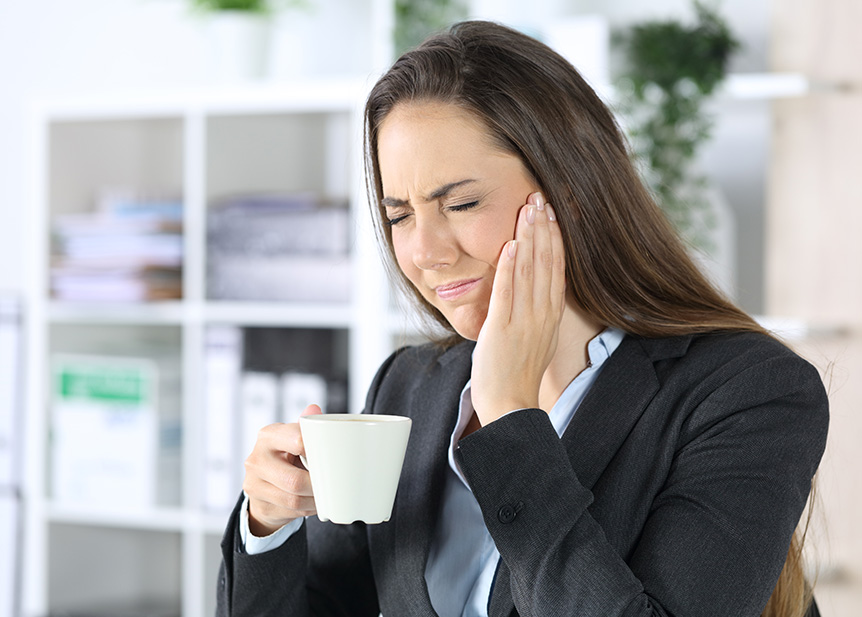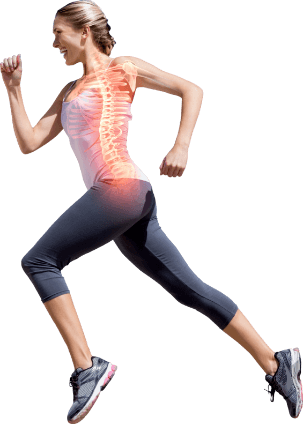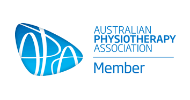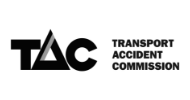How do I get my jaw to stop clicking?

It is an extremely common problem that affects 10-15% of all adults. However, only 5% of people seek treatment.
TMD can affect the jaw joint itself, the head, ears and neck and usually occurs between the ages of 20 to 40 years. Symptoms can include jaw pain, clicking, ear ache, headaches, difficulty biting and chewing, locking of the jaw and upper neck and shoulder pain.
There are many risk factors that are associated with the development of TMD such as headaches, fibromyalgia, sleep apnoea, recent dental procedures, recent use of oral splints, smoking, stress and anxiety.
Physiotherapists with training in the treatment of TMD are well equipped to help you. In fact,physiotherapists(and not dentists) are the preferred profession to treat TMD and jaw pain as it is a musculoskeletal problem. Dentists and doctors are heavily encouraged to refer patients that may have jaw pain for a musculoskeletal assessment.
At Head2Toe Physiotherapy&Podiatry, we have a Physiotherapist who has completed further training will guide you through a TMD assessment to find the root causes of your problem and treat it successfully. Treatment techniques include manual therapy, dry needling, soft tissue massage, exercise therapy and reducing aggravating factors that are causing your pain and stop your clicking.
TMD Treating Practitioners: Mr Abdul Abdirahman & Mr Nadeena Thenabadu
- Email out regarding TMD
- Advertise to gp’s/dentist
- A3 poster 1x in room and x1 in waiting room
- ?Special pricing/ separate button cliniko booking
Headaches? How Physiotherapy can help.
The neck is known as the ‘Cervical Spine’ and headaches arising from the neck are known as ‘Cervicogenic’.
However, in the real world, they are known as ‘Stress’ and/or ‘Tension Headaches’.
Pain in the temple region, in the forehead, around the eyes and under the back of your head can all be generated from issues arising from the structures in the upper neck and shoulder region.
A lot of this relates back to posture and – especially given the amount of people who have been working from home – a lack of activity and fixed neck positions which can lead to stiffness of the joint structures and a resultant spasm of the muscles around the shoulders neck and skull.
Physiotherapy treatment involving hands-on, manual therapy; massage and postural correction exercises has been proven to help alleviate or even eliminate persistent/chronic headaches and has even been effective in helping to relieve even some of the most severe headache symptoms associated with Migraines.
If you suffer from persistent, regular or occasional headaches and Panadol simply doesn’t do the job, then your pain is most-likely mechanical in nature and can be easily improved with the right intervention.
Come and see our friendly, professional team at Head2Toe and let us try to rid you of a problem that you don’t have to simply ‘live with’.
Written by: NimDahanayake, Physiotherapist
As physiotherapist we see a variety of injuries across the board on a weekly basis. However, since the end of lockdown and opening of gym’s, the incidence of gym related injuries is at an all-time high at the clinic.
So here is our list of things you should do to avoid injury when returning to the gym:
- Warming up Corns, callouses, fissures (cracked skin), warts, blisters, fungal skin infection, chilblains, and wounds. We also offer medical pedicure!
- Cooling down Another vital component most people skip out on. Cooling down should include more static based mobility work such as holding a hamstring stretch or foam rolling your calves for 1-2 mins.
- Addressing stiffness, pain, and spasms For most – the last 2 years have taken away incidental exercise. With inactivity, stiffness builds, and it is important you address it with a therapist.
- Focuson technique Lack of technique often leads to serious injuries. Allocate at least 1-2 sessions per week for the first 4 weeks to ensure you are actively working on your lifting technique to reduce risk of injury.
- Gradual Loading Don’t try to hit 1RPM on your first day, be patient and work on gradually loading up the weight, aim for about an 30-40% increase in weight every fortnight to help your body get use to the intensity and lifting dosage.
- Structured weekly program Have a plan! I can’t emphasise this enough. A structured program goes a long way and can reduce risk of injury.
- Using aids – e.g. taping, bracing, lifting belts For individuals especially prone to joint related or muscle related injuries often can benefit using aids. There are many tools and technique, so be sure to ask your therapist about what you can do to make the most out of your workout.
- Appropriate footwear They say, ‘good shoes take you to good place,’ it can also keep you active for longer. How your feet move significantly affects your body, it’s a chain reaction.
- Focus on consistency and small progressions Small gains over a longer period leads to significant changes and improvements.








